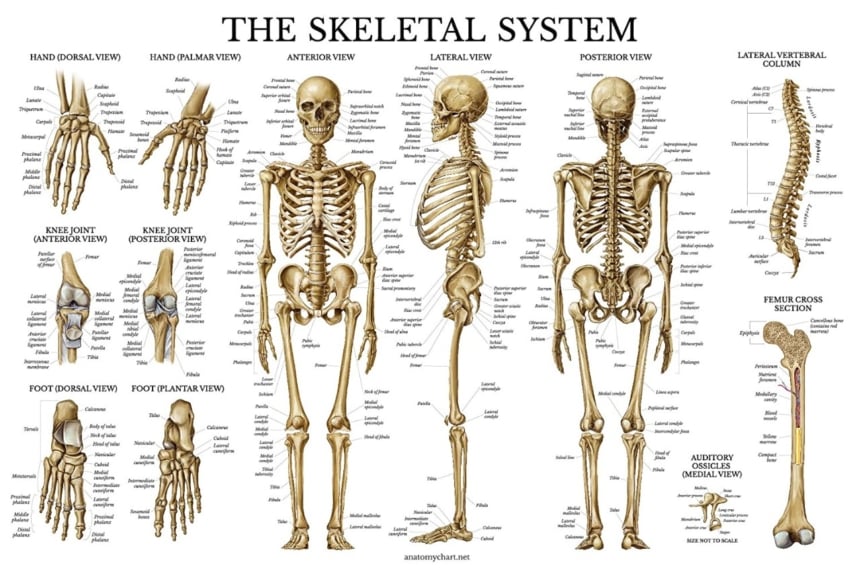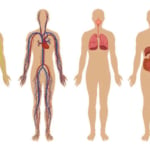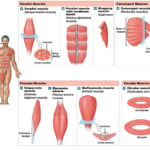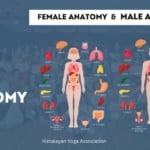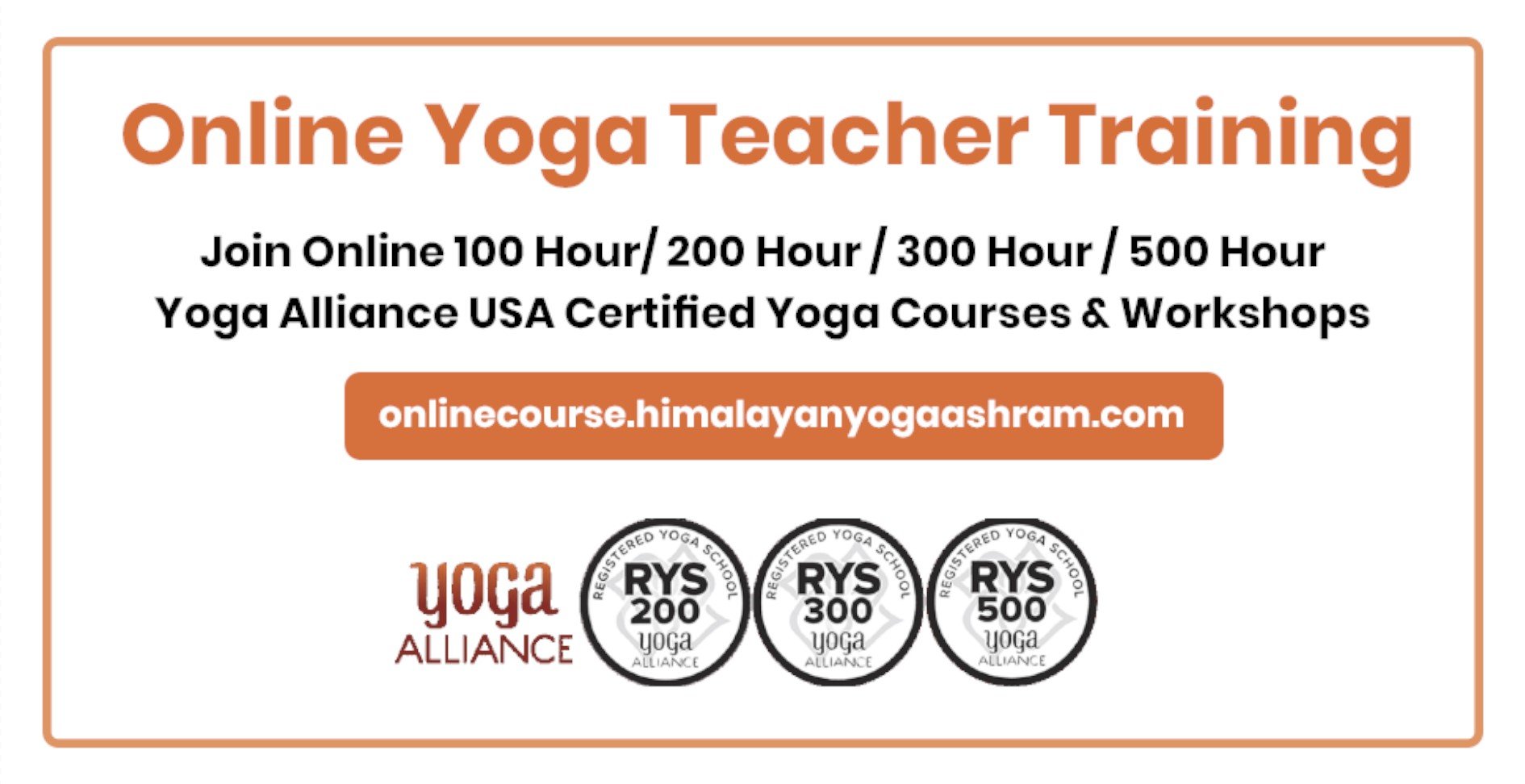Everything you need to know about Human Skeleton System
By Himanshu JoshiYogaanatomy, body, human, human skeleton, skeleton systemThe entire bony frame of the human body is called the skeleton which consists of brain, head, spinal cord, bones, tendons, sheaths, cartilages which support and aid in the mobility of different bones, totaling 206 bones. The spinal cord consists of the following vertebrae consisting of.
(i) 7 neck bones, 12 upper back and mid-back bones
(ii) and 5 low back, including sacrum and tail-bones. All are interconnected, supporting each other. Without the spine the body cannot stand erect, nor can it perform any function nor can it outstretch or bend. The seven neck bones are called cervical vertebrae, 12 bones in the chest are called thoracic vertebrae, 5 bones in the low back are called lumbar vertebrae, and the sacrum, which is a triangular block of bones placed on the lowest vertebra consisting of 5 fused vertebrae.
Read More:
Benefits of Pranayama Practice
The last one is called a tailbone or coccyx which consists of 4-5 fused vertebrae that remind us of the Darwinian theory that man is a direct descendant of an ape. The spinal cord is like a soft rope that starts from the base of the brain. The nerves, passing through the spinal cord, serve various organs of the body.
Every person has clavicles of the collar bones, shoulder blades, or scapulae which are flat triangular bones that form the shoulder girdle. Next to shoulders come 12 pairs of ribs, of which seven pairs of ribs articulate by the aid of thin cartilage along with the breast bone, known as sternum.
Only these ribs are true ribs as those only function, and the rest of the 5 bones are called ‘false ribs’ because they do not articulate with the breast bone. Various types of voluntary/involuntary movements of the body are carried out with the help of skeletal muscles (which are attached to skeletal bones) which exceed even 400.
Voluntary muscles can be controlled by the force of will, but involuntary muscles can’t be controlled by will. Muscles of the head, neck, or limbs are voluntary muscles whereas those of eyes, heart, intestines, etc. are involuntary muscles. The entire skeleton is covered with skin which has an outer layer (cuticle) and the inner layer (dermis) that controls the regulation of the body and helps in maintaining body temperature by means of sweat glands.
All vertebrae are inter-connected in such a way that they do not run into each other, nor do they buckle down due to the impact of jerks, shocks, etc., and this is made possible due to the presence of disc (a biscuit-type and flat structure) which serves as a cushion. If one wishes to keep young one must cultivate the habit of keeping it erect at 90 degrees while standing, and never sitting in a stooping posture.

